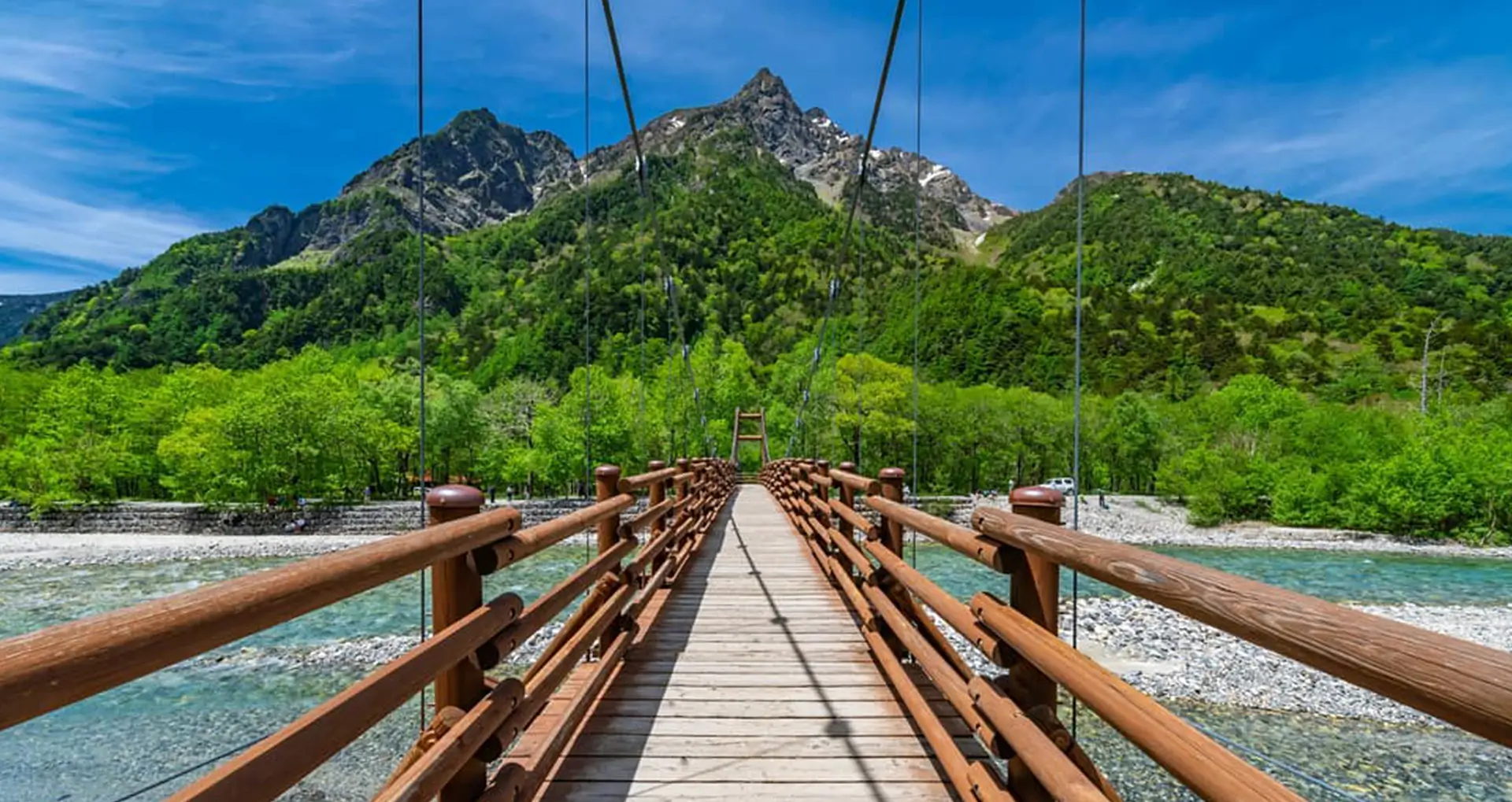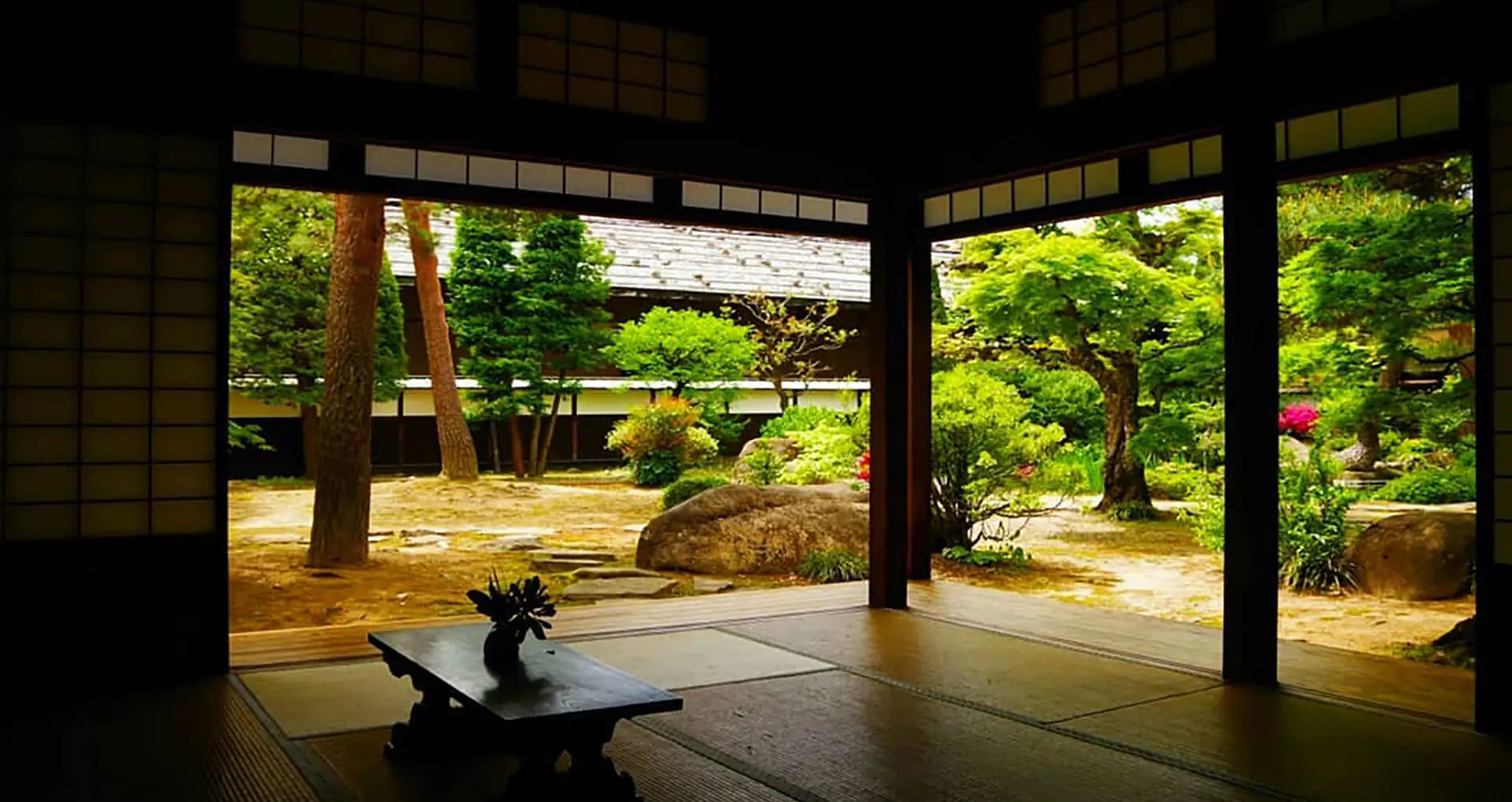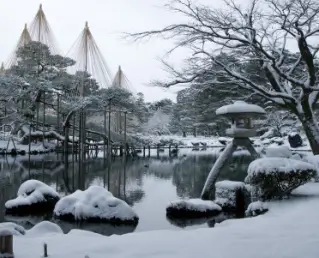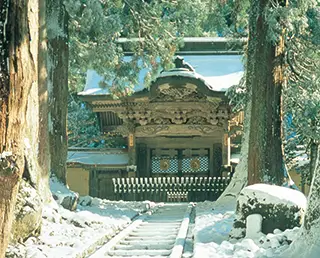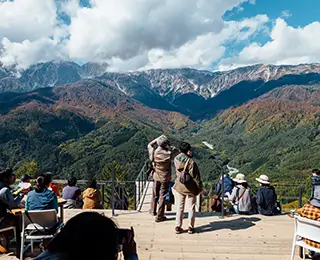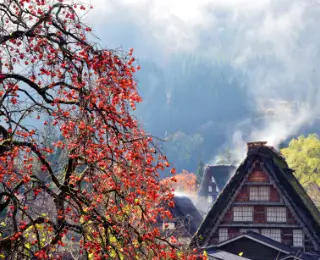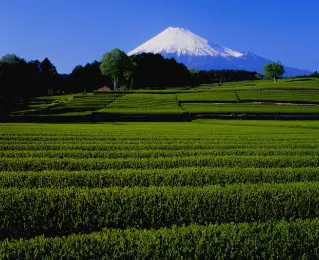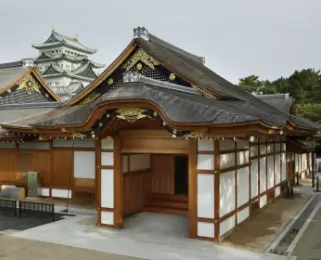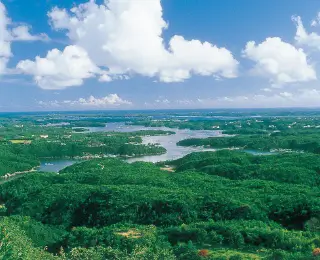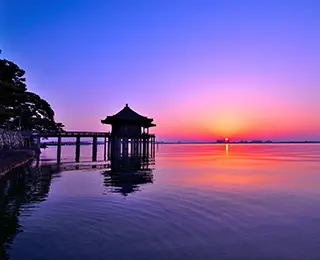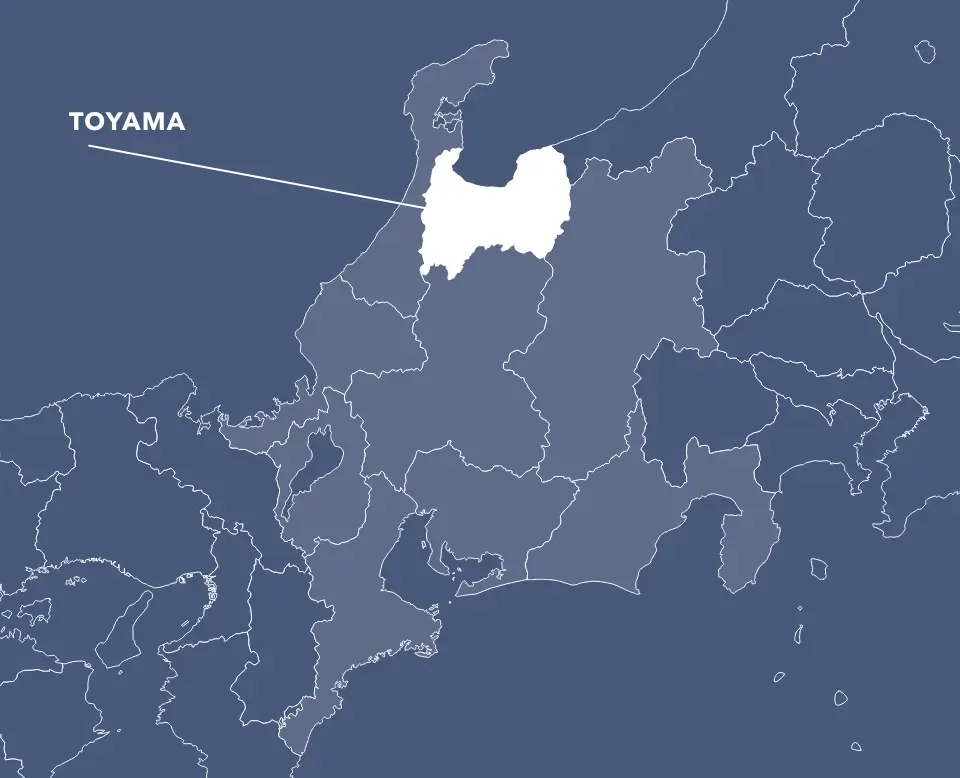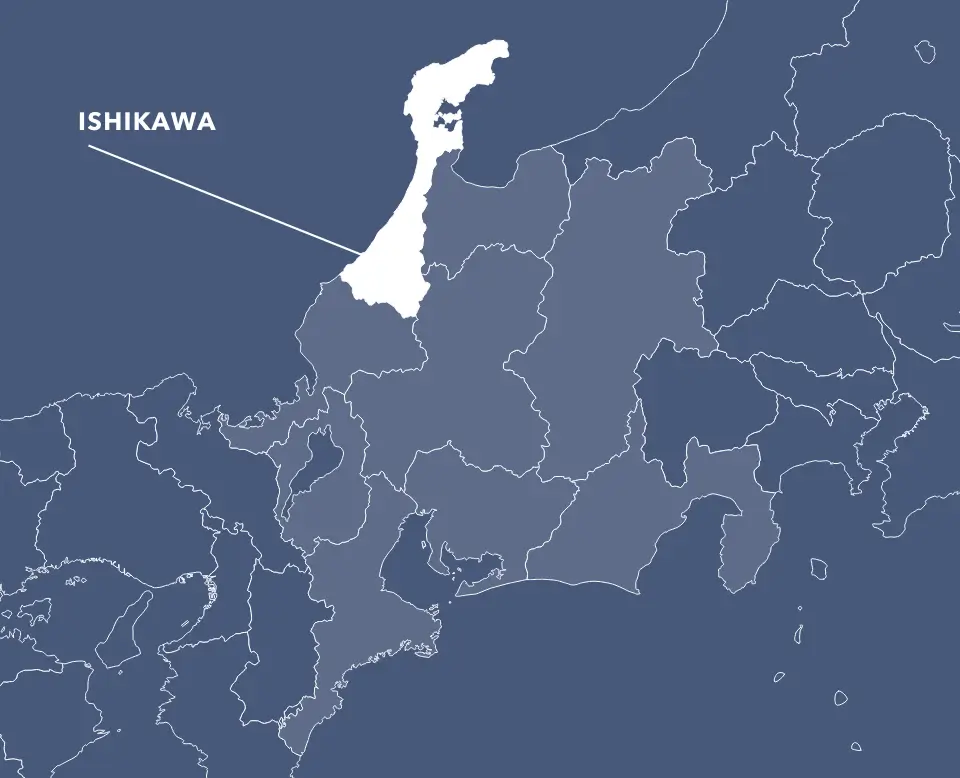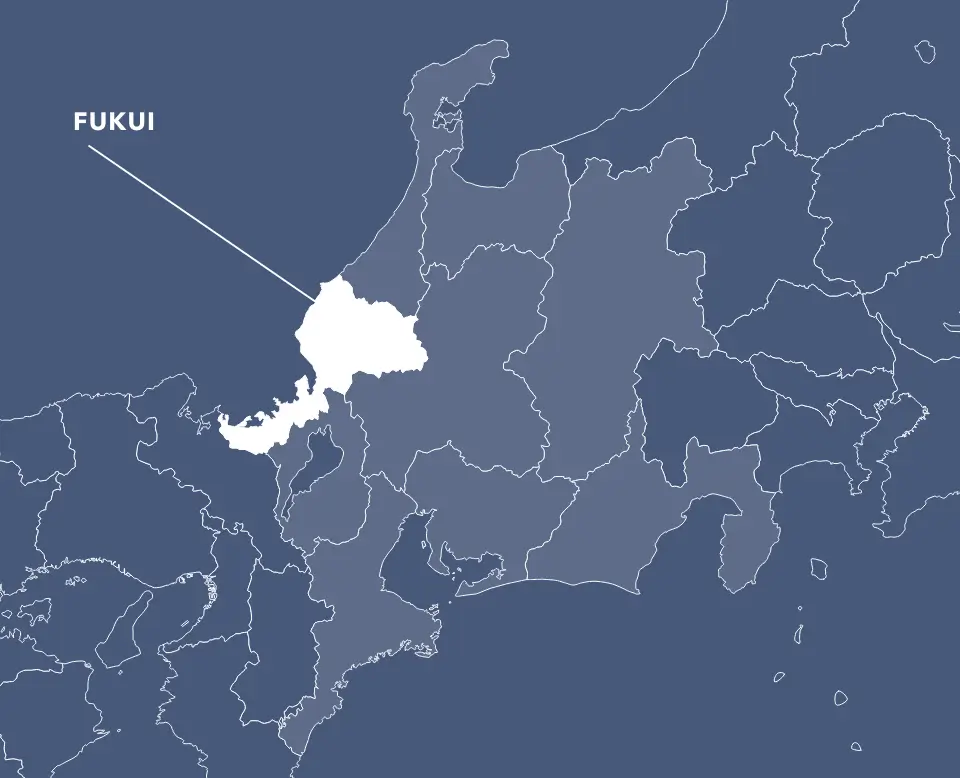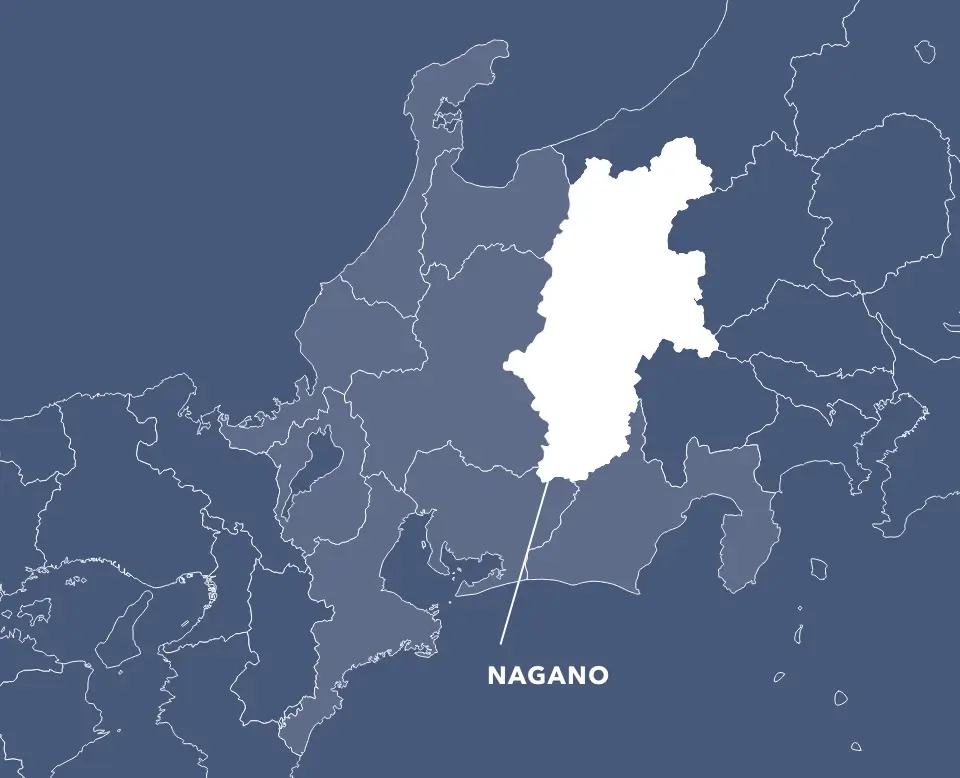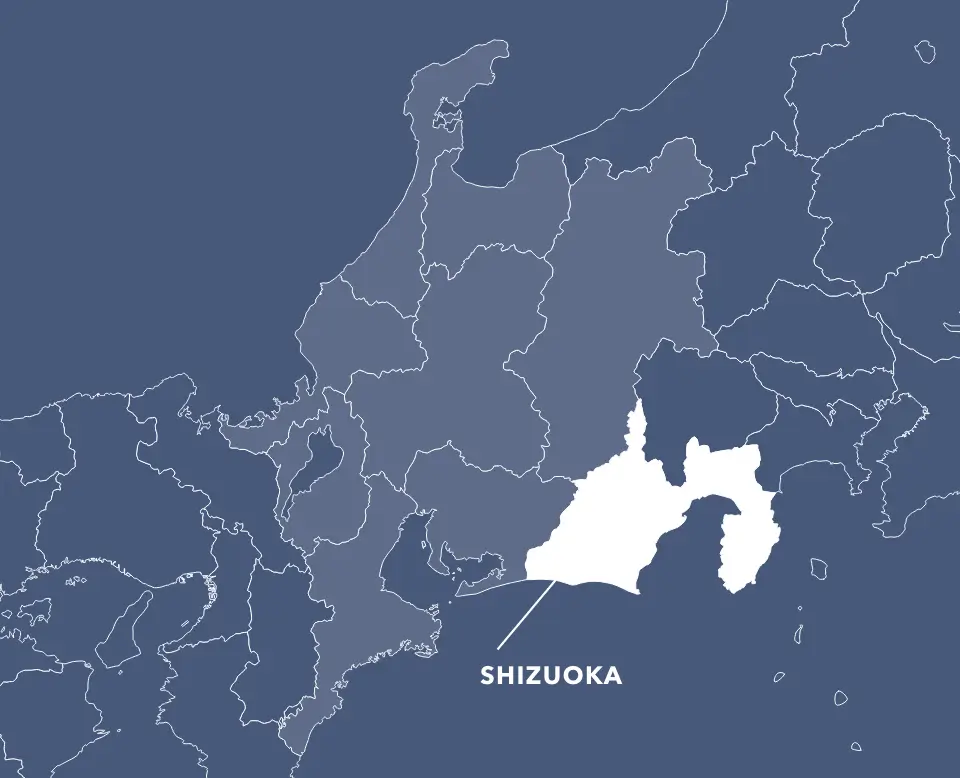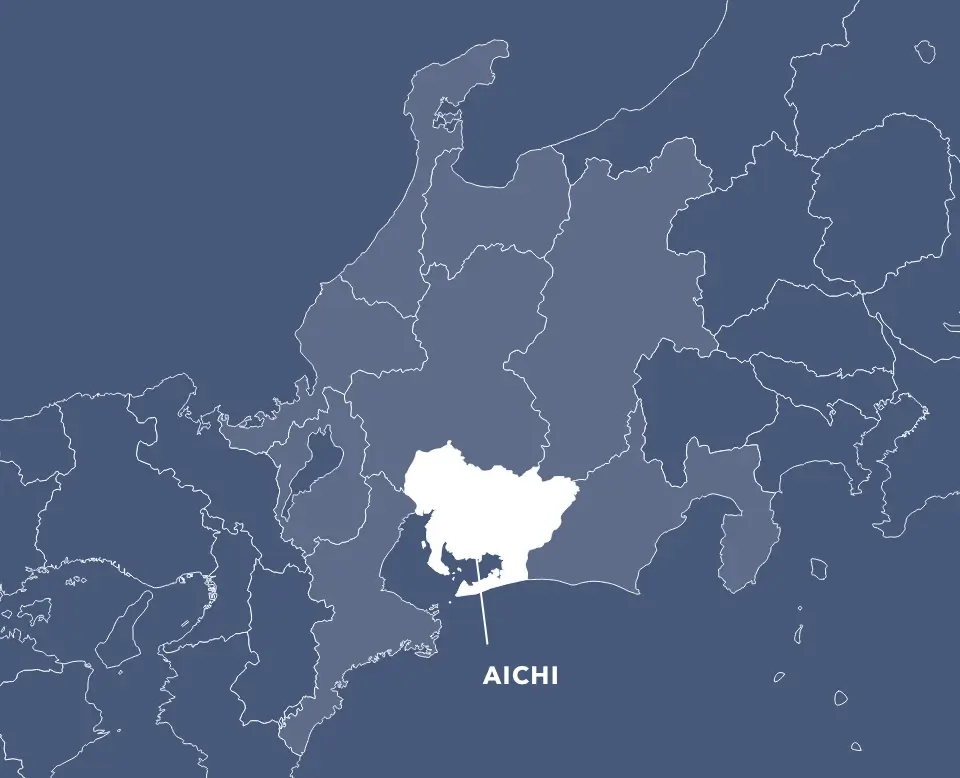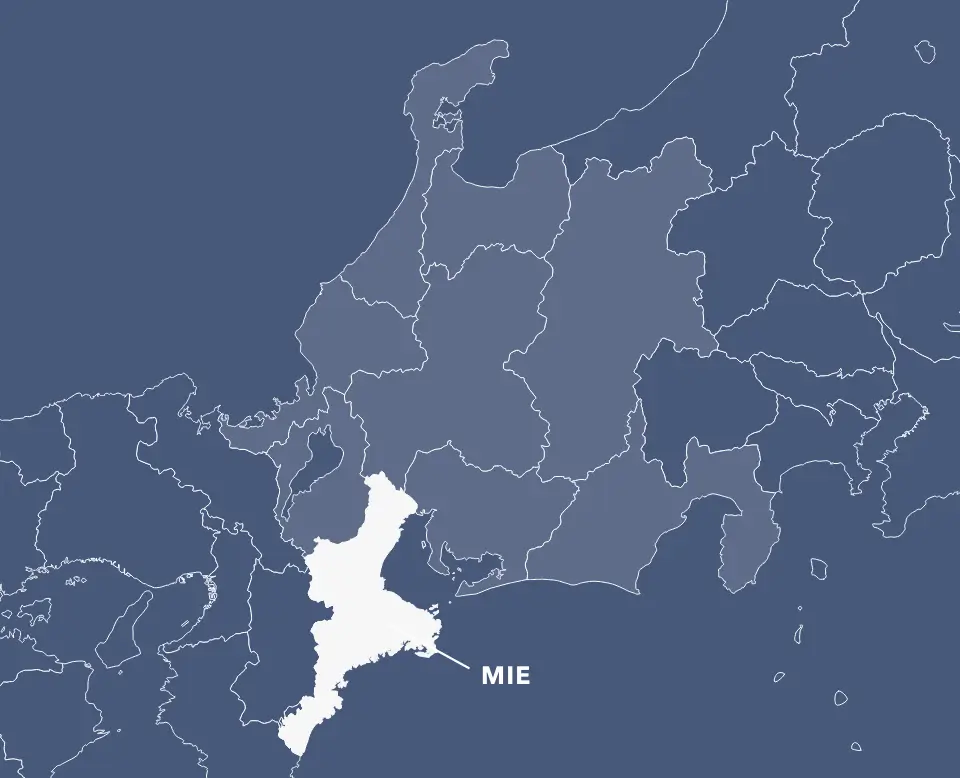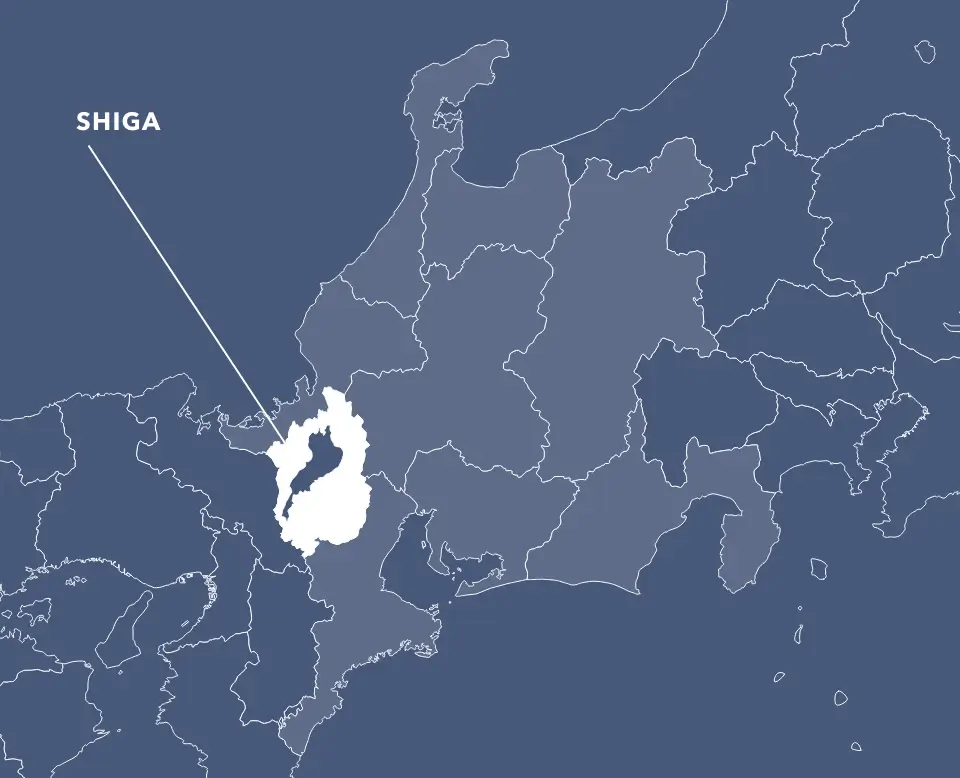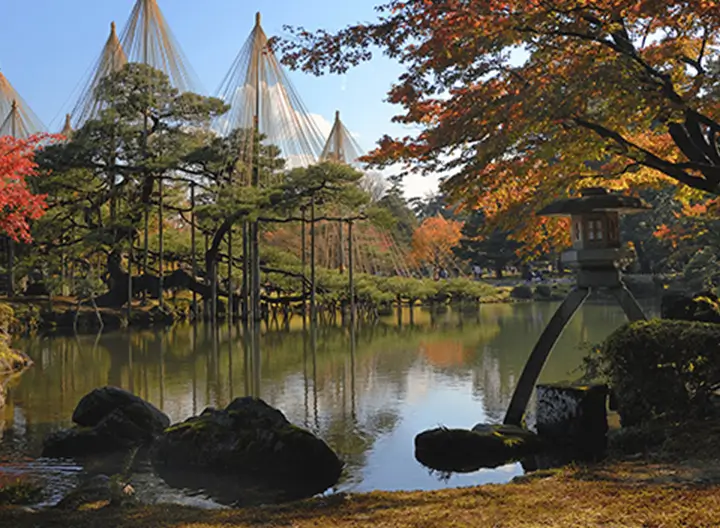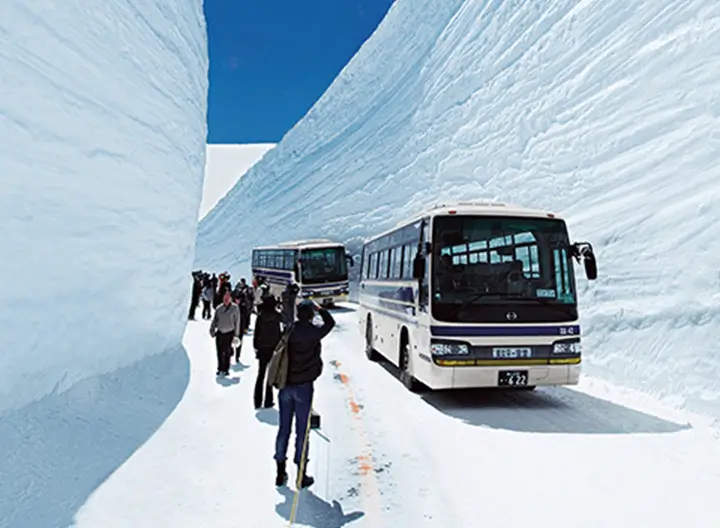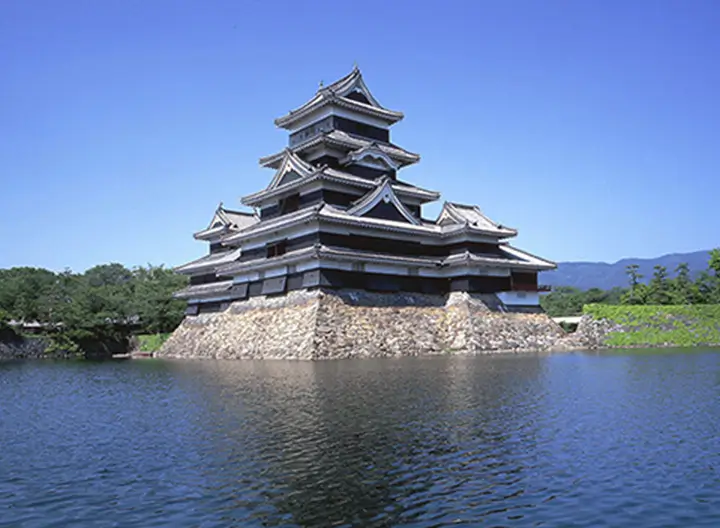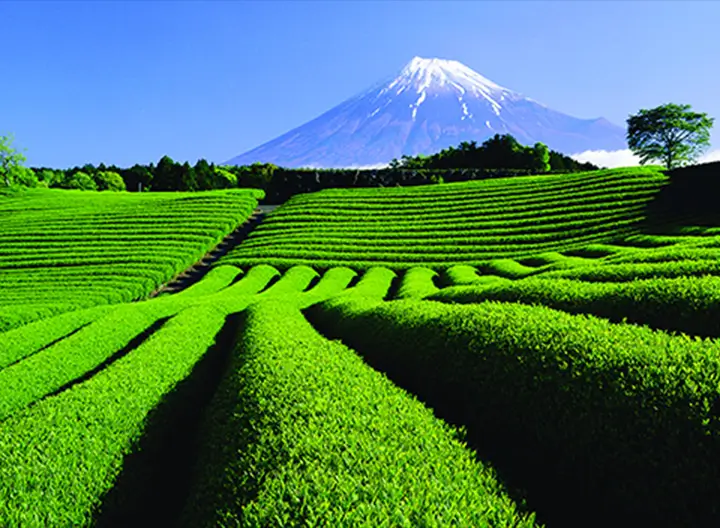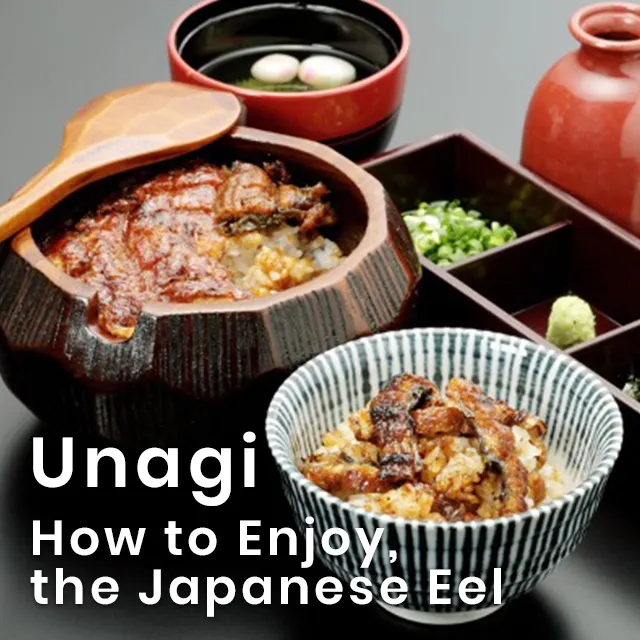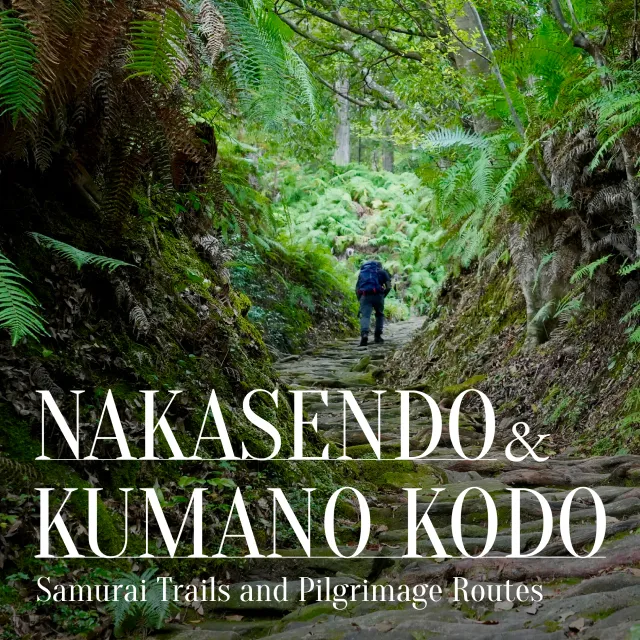ABOUT GO
CENTRAL JAPAN
Shoryudo refers to the nine prefectures in Japan’s central Chubu and Hokuriku regions. The collective shape of these regions resembles a rising dragon, with the Noto Peninsula forming its head, Mie Prefecture its tail, and its body consisting of the remaining Chubu and Hokuriku prefectures, giving this sightseeing destination its nickname of "Shoryudo" the "Rising Dragon Region.
9 SPECIAL
PREFECTURES
Go Central Japan’s “Shoryudo” area is formed from the nine central Japan prefectures, Fukui, Ishikawa, Toyama, Shiga, Gifu, Nagano, Mie, Aichi, and Shizuoka.
Let’s look at the numerous tourist spots and attractions of these prefectures.
Central Japan Storys
SHORT TRIP
Also, I want you to know I’ve been a company man all my life. I’m loyal, I’m trustworthy,
and I’m good in a crisis.And I love that you’re right here in Brooklyn. I’ve lived here all my life,
-
{{ course.name }}
SHORT TRIP {{ course.number }}
{{ course.desc | descMod }}
Highlights of Central Japan
This section highlights six different themes for you to enjoy in the Central Japan region.

THE SHORYUDO’S FANTASTIC COURSES
The Shoryudo is comprised of four routes perfect for a trip of five to nine days.
NEWS
-
{{ news.desc }}


